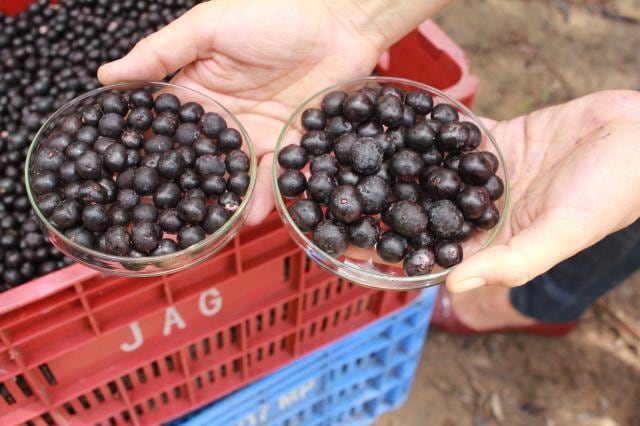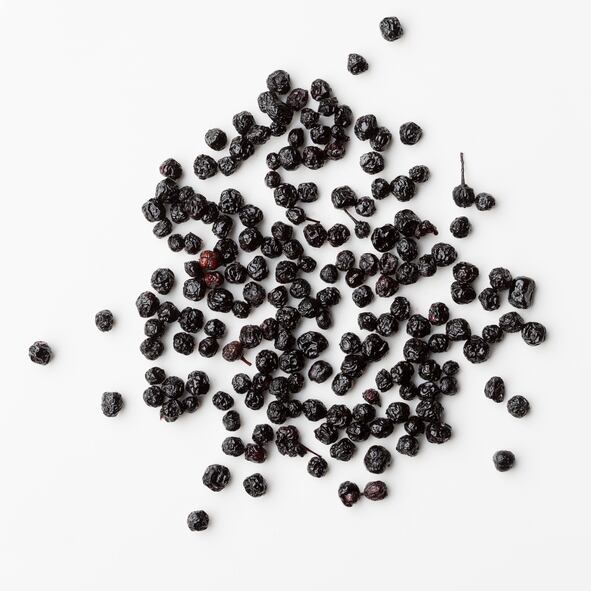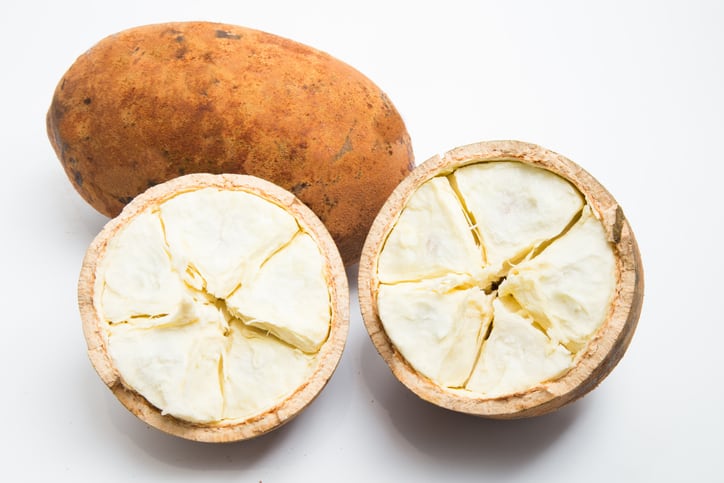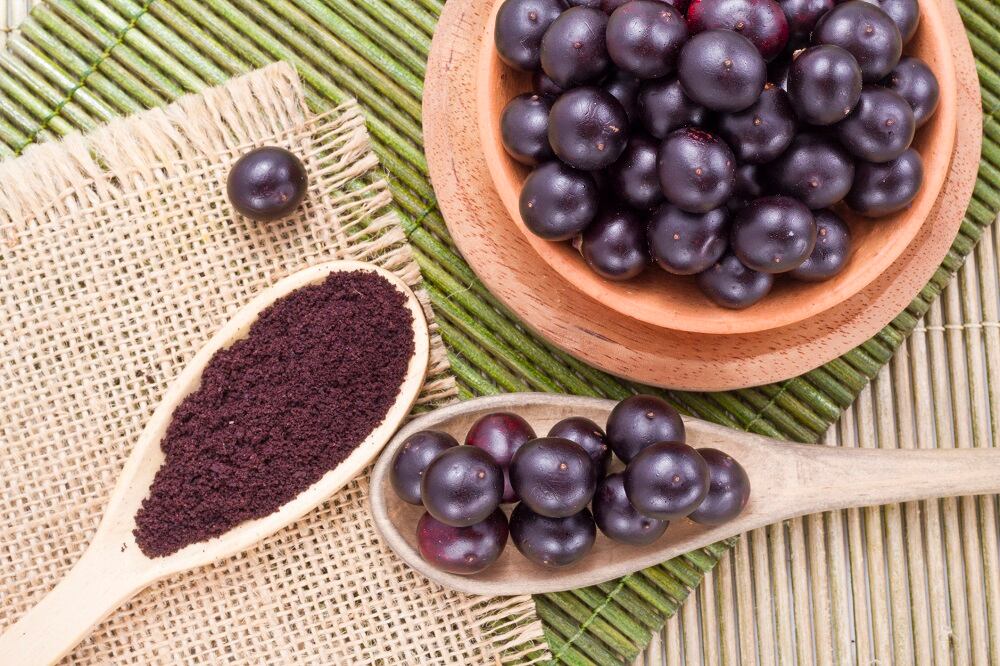The açaí variety, developed by Brazilian scientists at national agronomy research institute Embrapa, has now undergone five test harvests and is being marketed by the Pará-based company AmazonFlora.
Dubbed BRS Pai d'Égua, the variety has been genetically improved to produce fruit during the off-season and to have smaller berries, which contain more pulp.
A spokesperson for AmazonFlora said BRS Pai d'Égua plant materials cost the same as standard varieties at R$45 per kilo and are available as seeds and plants. It can supply any quantity over one kilo, the spokesperson added.
Native to the Amazon, the popularity of açaí (Euterpe oleracea) has exploded in recent years in Brazil, where it is eaten in sorbets, ice creams, drinks and smoothies, and has spread globally thanks to its high antioxidant content and social media-fueled superfood status.
The BRS Pai d´Égua fruit has nutritionally rich pulp with a total phenolic content of over 2,400 mg AGE per 100 g and an anthocyanin content of more than 600 mg 3-glycoside cyanidin per 100 g.
The north-eastern state of Pará produced 1.44 million tons of açaí in 2018, according to the Brazilian Institute of Geography and Statistics (IBGE), equivalent to 86% of Brazil’s national production. Pará is also the country’s biggest consumer of the berry.
While açaí production has been increasing year-on-year, the rise in demand has also been significant, prompting the researchers to look for ways to increase production.
According to Embrapa, the new cultivar produces 46% in the low season from January to June and 54% in the harvest from July to December, providing a more stable annual income. Currently, traditional varieties produce 70% to 80% of their annual yield from July to January and around 20% between January and June.
BRS Pai d'Égua fruit can also first be harvested after three and a half years compared to five years for traditional acai palms.
An opportunity to scale up production?
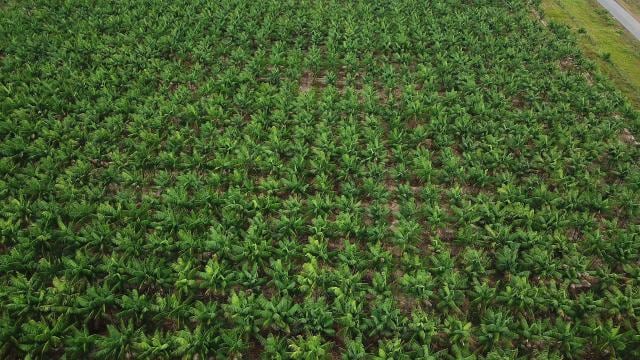
Traditional açaí palms are typically grown in dense and diverse “natural populations” in floodplain areas, especially in the Amazon river estuary, according to Embrapa.
The fact that BRS Pai d'Égua can be grown on dry land with irrigation systems will reduce the fruit’s seasonality, which has caused price fluctuations and periods of low employment for pickers and processors during the low season.
Ming Liu, executive director of Organis, the trade association for Brazil’s organic industry, previously told this publication he expected growth of the açaí market to be limited by the natural capacity of wild cultivation because açaí could not be mass cultivated.
“More and more we see land for wild produce in the Amazon and even the Atlantic Forest diminishing, not growing,” he said.
This may no longer be the case if Embrapa’s cultivar takes root.The institute said irrigated açaí cultivation means most production activities, including harvesting, can be mechanized, which, in turn, allows for “the establishment of large agricultural enterprises” in Pará.
The researchers recommend using fertile soil and fertilization where necessary according to soil analysis tests. The plants must be irrigated with 40 liters per clump each day, rising to 120 liters a day after four years.
What this means for traditional açaí wild harvesters remains to be seen.
In a 2017 blog post, Carlos A. Nobre, a member of the Brazilian Academy of Sciences and senior fellow of World Resources Institute (WRI) Brazil, described açaí as a gift to both people and the planet, sustainably produced and harvested from agro-forestry systems within the Amazonian biodiversity.
Nobre added that growers’ income was much higher than earnings by workers in the beef or timber sectors, putting brakes on drivers of deforestation.To read more about the BRS Pai d'Égua cultivar, click here. (In Portuguese)

